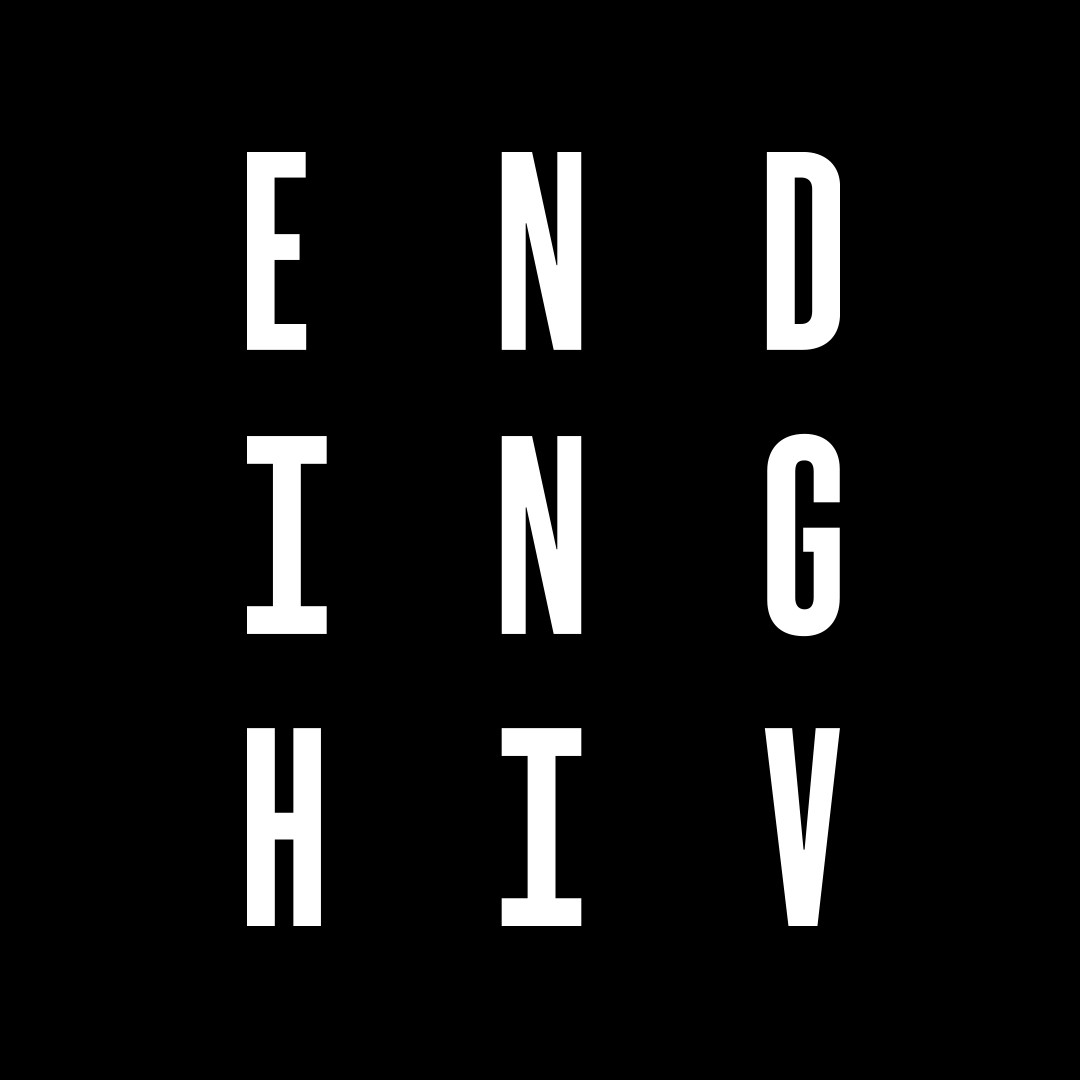The 5 Signs and Symptoms of Syphilis in Men
Syphilis is a bacterial STI caused by an infection in your blood that is usually passed on during sex. Anal sex, oral sex, and skin-to-skin contact can all pass on syphilis which makes it easy to transmit.
Across Australia, there is a syphilis outbreak happening right now, and among those most affected are guys who have sex with guys, especially those that have a high number of sexual partners, are into group sex, share sex toys, practice fisting, and who are HIV positive.
Just like herpes (and many other STIs), syphilis can have absolutely no symptoms at all, or symptoms so mild that it could easily be mistaken for something else.
That’s why getting regular STI tests is so important – it’s the only real way to know if you have syphilis or any other infection. The good news is that if you do have syphilis, it’s easy to treat if caught early – so book a test today!
For people that do experience symptoms, there are four different stages that they will occur in – primary, secondary, latent, and tertiary. Let’s take a closer look…
What are the symptoms of syphilis in men?
If you do present symptoms of syphilis, they will appear in four stages: primary, secondary, latent and tertiary. But there may be overlap between the stages, and symptoms in men don’t always appear in the same order. It’s also possible to be infected with syphilis and not experience any symptoms for years. The only way to know for sure if you have syphilis is to get tested.
1. Visible sores (the primary stage)
The first visible sign of syphilis (if you get any) is a sore – known as a ‘chancre’. These sores are very contagious and if you believe you may have syphilis sores you should avoid sex and get tested.
They’re usually firm and round, painless, and appear in the anus, on the penis, front hole, balls, or sometimes on or around the mouth.
Chancres usually appear around three weeks after infection but it could be anywhere from 10 days to three months.
They’ll usually disappear again after around six weeks, but even if the sores go, you’ll still be positive for syphilis until you get treated and a medical professional confirms that the infection is no longer present.
2. Rashes (the secondary stage)
Another sign of syphilis is a rash that appears on the palms of the hands, soles of the feet, or other parts of the body. This rash often appears after the chancres, but sometimes it might appear before (STIs like to be unpredictable, hey?). It doesn’t usually itch and – like the sores – rashes can easily be mistaken for another illness or ailment, so it’s not always obvious it’s syphilis.
3. Flu-like symptoms (the secondary stage)
If you do get a syphilis rash, be prepared for some flu-like symptoms as they often go hand in hand. They’re usually pretty mild though and might include a bit of a fever, sore throat, fatigue, headache and/or some aches and pains in your muscles.
4. The latent stage
If a person isn’t diagnosed during the primary or secondary stages, then they may progress to the latent stage. During this stage, symptoms might disappear on their own, and the infection will remain latent. This stage lasts indefinitely, unless tested, treated and cured, however after two years you will no longer be infectious.
If you aren’t treated at this stage you can experience further health issues in the future, such as with your heart, brain and bones.
5. Severe and ongoing health issues (the tertiary stage)
If syphilis is left untreated for a long time it can cause some serious, life-threatening health issues including blindness, tumors, paralysis, extensive damage to the nervous system, and even death. Today this is very uncommon, as regular testing means cases are detected early and can be treated effectively with antibiotics, well in advance of such serious symptoms developing.
Syphilis can stay latent for up to 30 years, which is why it’s so important to get tested for STIs regularly, regardless of whether you are experiencing symptoms or not.
What should I do if symptoms of syphilis appear?
Put simply, you need to go and see your doctor or a sexual health clinic and test as soon as any symptoms appear. They’ll perform a blood test, and/or a swab on any visible sores you might have. Learn more about testing for syphilis here.
How can I be treated for syphilis?
If you do have syphilis don’t worry; it’s easy to treat if it’s caught in its early stages. Syphilis is usually treated with penicillin injections, but the exact number of injections will vary depending on the stage of infection.
People diagnosed with syphilis should not have sex until 1 week after completing the course of treatment or until symptoms have completely resolved (whichever is longer). Your doctor will let you know.
Letting partners know you have syphilis
Also – like every positive STI diagnosis – you’ll need to let any sexual partners know you have syphilis so that they can get tested and treated too. Sexual health clinics can offer some assistance and advice on how to inform someone.
How can I reduce the risk of contracting syphilis?
Condoms are a good at protecting against syphilis, though keep in mind that only areas covered by a condom are protected from infection. On PrEP? It’s important to remember that PrEP doesn’t protect you from STIs other than HIV. To help protect against syphilis and other STIs use condoms for oral and anal sex and gloves for arse play.
If you have any questions about syphilis and are in NSW, you can call the NSW Sexual Health Infolink on 1800 451 624 to speak to a sexual health nurse.
